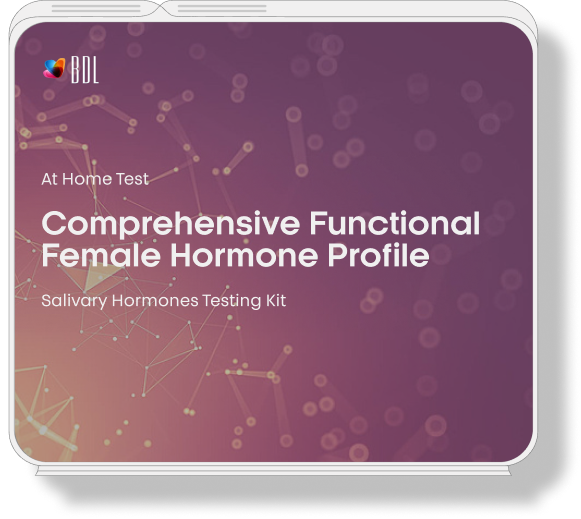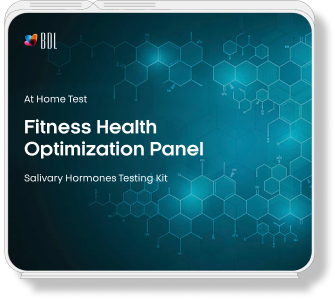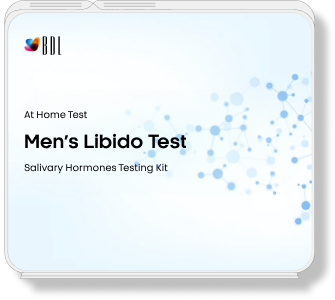Periodont
PERIODONTAL DNA SCREEN
According to the World Health Organization from 80 to 100% of the adult population in different age groups, suffer inflammatory periodontal diseases. Periodontal diseases along with dental caries and its complications are the most common dental diseases. It is now established that in patients older than 40 years, the cause of tooth loss is more periodontal disease than tooth decay.

THE ETIOLOGY OF PERIODONTAL DISEASE
One of the main causes of the development of periodontal diseases is specific bacterial agents. Additional risk factors include genetic predisposition of the immune system, poor oral hygiene, smoking, systemic disease and stress.
Periodontopathogenic Bacteria
Porphyromonas endodontalis, Porphyromonas gingivalis, Aggregatibacter.
Exogenous Risk Factors
Systemic diseases Smoking Poor oral hygiene Stress
Endogenous Predispositions
Interleukin IL-1 Level
Periodontitis
PERIODONTAL DISEASE
Microbial factor, being one of the most powerful etiologic agents, causes various clinical manifestations of periodontal disease. A significant role in pathogenesis of periodontitis have the composition and types of microorganisms in dental plaque, its volume, time of exposition of the areas of gingival and periodontal tissues. These factors, according to most researchers, explain the development of inflammatory changes in the periodontium with different clinical manifestations.
THE INFECTIOUS NATURE OF PERIODONTAL DISEASE
Periodontal diseases are a diverse group of infectious diseases of periodontal tissues with different specific pathogens, which are non-clostridial anaerobic bacteria. According to the WHO classification, they are grouped in the so-called Periodontopathogenic Bacteria (PB).
It is now established that this group of pathogens is a major cause of progressive periodontal disease. This leads to the need for specific methods of diagnosis and treatment of identified bacteria in chronic-progressive-resistant and aggressive periodontal disease. Purely mechanical treatment is generally ineffective, particularly when PB are present in oral cavity and in this case it should be used antibacterial therapy. A necessary condition for choosing the appropriate antimicrobial agent is the knowledge of the bacterial spectrum and the concentration of present microorganisms.
BIOLOGICAL MARKERS OF PERIODONTAL DISEASE
The periodontopathogeniic Bacteria are classified in high and medium risk of developing the periodontal disease.
HIGH RISK
- Aggregatibacter actinomycetemcomitans,
- Tannerella forsythia
- Treponema denticola
- Porphyromonas gingivalis
MEDIUM RISK
- Porphyromonas endodontalis
- Fusobacterium nucleatum,
- Prevotella intermedia,
Our Periodontal al DNA Screen test panel evaluates the total potential pathogenic microflora using the Real-Time PCR technique, depending on the type of microorganism and its concentration. Identification of microorganisms and their concentration allows not only choosing the treatment regimen, but also carrying out its control.



